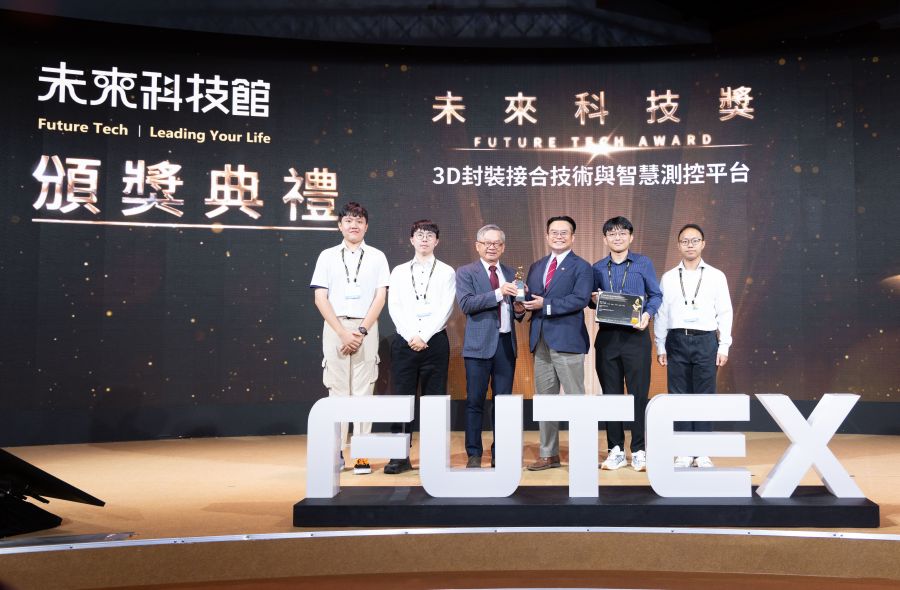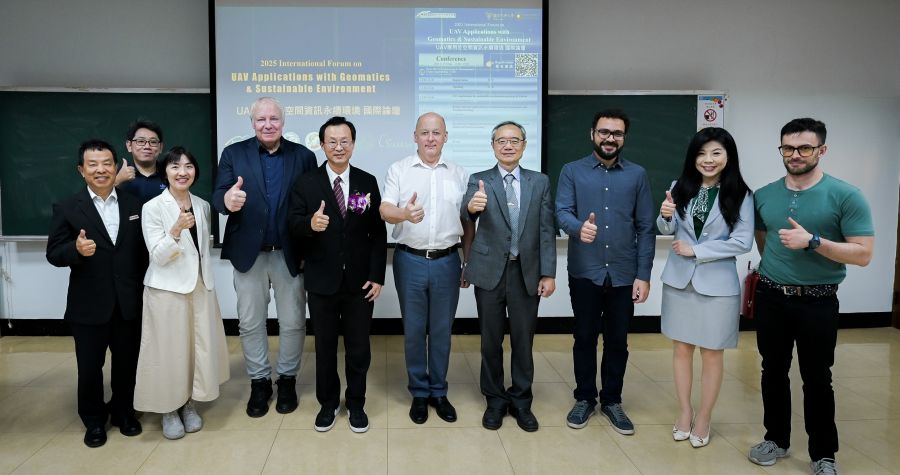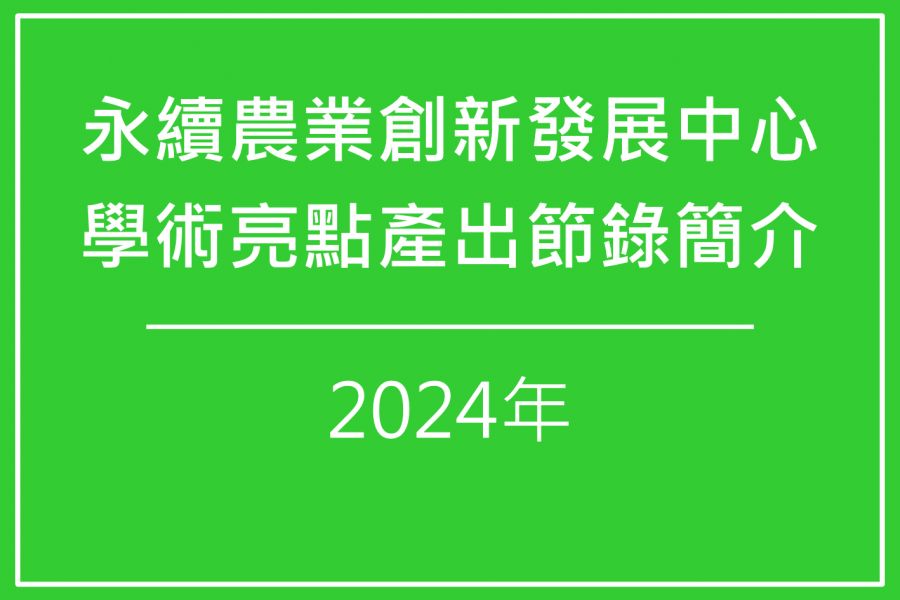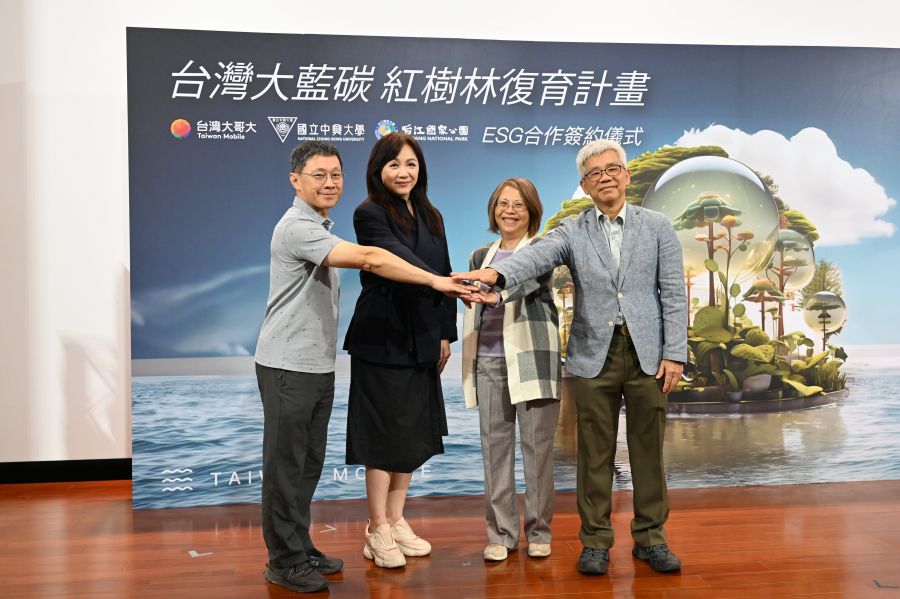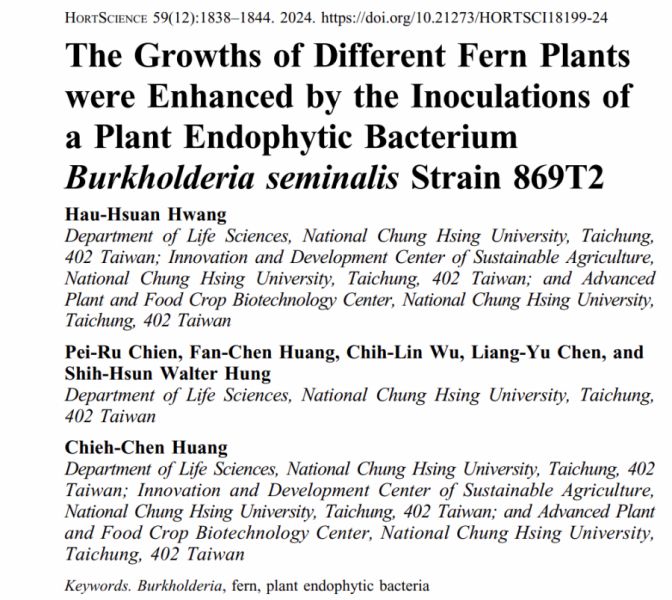| 論文篇名 | 英文:ZIF-67-derived Co3O4 rhombic dodecahedron as an efficient non-noble-metal catalyst for hydrogen generation from borohydride hydrolysis 中文:ZIF-67衍生的Co3O4菱形十二面體作為硼氫化物水解制氫的有效非貴金屬催化劑 |
| 期刊名稱 | Journal of the Taiwan Institute of Chemical Engineers |
| 發表年份,卷數,起迄頁數 | 2018, 91, 274-280 |
| 作者 | Duong Dinh Tuan, Kun-Yi Andrew Lin*(林坤儀) |
| DOI | 10.1016/j.jtice.2018.05.026 |
| 中文摘要 | 由於Co3O4是NaBH4水解產生H2中最具吸引力的催化劑之一,Co3O4奈米粒子-固定化複合材料被大量開發用於NaBH4水解,然而以往的Co3O4複合材料製備時間長又不具活性,導致無法有效的利用。本研究利用具有菱形十二面體形態的鈷酸鹽沸石咪唑酯骨架(ZIF-67)作為模板化前體搭載Co3O4奈米粒子( ZIFCoO ),將其轉換成Co3O4菱形十二面體(RD)顆粒。此材料相較初始ZIF-67、碳化ZIF-67和商用Co3O4奈米粒子,具有很高的催化活性,其原因來自於多孔且具高比表面積。與其他研究相比,ZIFCoO促進NaBH4水解會產生更多的氫氣 ( 500mg/L 為最佳催化劑劑量 ),此外還表現出相對低的Ea ( 39.4 kJ/ mol),ZIFCoO也可以有效的重複利用,以上特徵使ZIFCoO成為一種簡單備製且為非均相催化劑運用在NaBH4水解來產生氫氣,藉此來降解污染物。 |
| 英文摘要 | As Co3O4 is one of the most attractive catalysts for H2 generation (HG) from NaBH4 hydrolysis, Co3O4 nanoparticle (NP)-immobilized composites are intensively developed for NaBH4 hydrolysis. Nevertheless, these Co3O4 composites involve complicated fabrication procedures and long preparation time. More importantly, these composites typically consist of a large fraction of “dead” weight of inactive substrates, causing these composites unnecessarily effective. Unlike immobilizing Co3O4 NPs on substrates, this study proposes a Co3O4 catalyst completely comprised of Co3O4 NPs which are framed but the entire Co3O4 catalyst can still exhibit porosity. To this end, a cobaltic zeolitic imidazolate framework (ZIF-67) with morphology of rhombic dodecahedron is adopted as a templated precursor, which is converted into Co3O4 rhombic dodecahedral (RD) granule. Because of cobaltic species and hierarchical structures of ZIF-67, the resulting Co3O4 RD granule can consist of densely packed Co3O4 NPs, but remain porous, making it a promising catalyst for NaBH4 hydrolysis. This ZIF-67 derived Co3O4 (ZIFCoO) exhibits a considerably higher catalytic activity than its precursors, ZIF-67 and carbonized ZIF-67, as well as the commercial Co3O4 NPs. While a higher dose of ZIFCoO facilitates NaBH4 hydrolysis to generate more H2 , 500 mg/L of ZIFCoO is the optimal catalyst dose to obtain the highest HG rate. ZIFCoO also exhibits a relatively low Ea as 39.4 kJ/mol compared to most of the reported catalysts. ZIFCoO can be also reused for multiple cycles of HG efficiently. These features make ZIFCoO a conveniently-prepared and promising heterogeneous catalyst for H2 generation from NaBH4 hydrolysis. |
【學術亮點】ZIF-67衍生的Co3O4菱形十二面體作為硼氫化物水解制氫的有效非貴金屬催化劑 2018-06-19
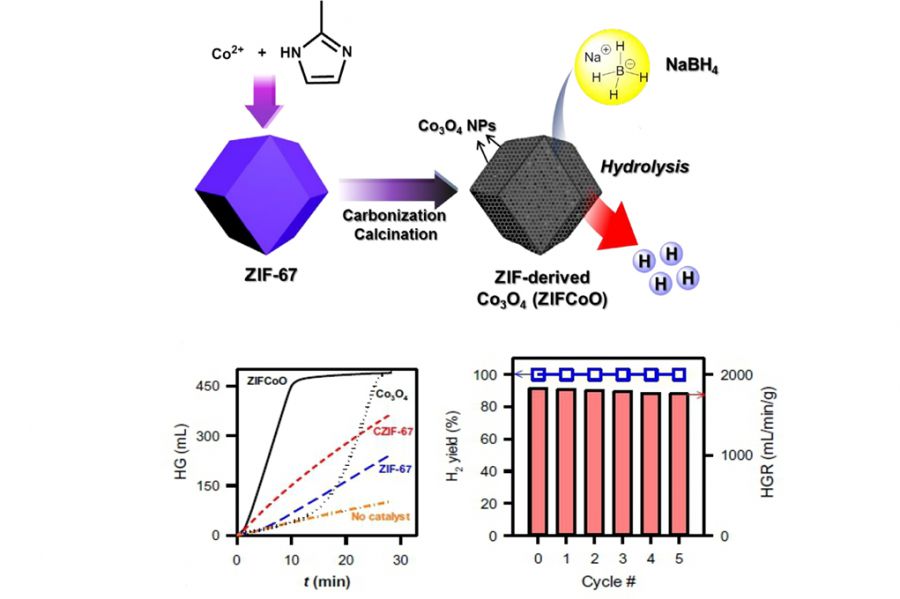
循環農業:農業廢棄物高價值化【環境工程學系林坤儀副教授】

